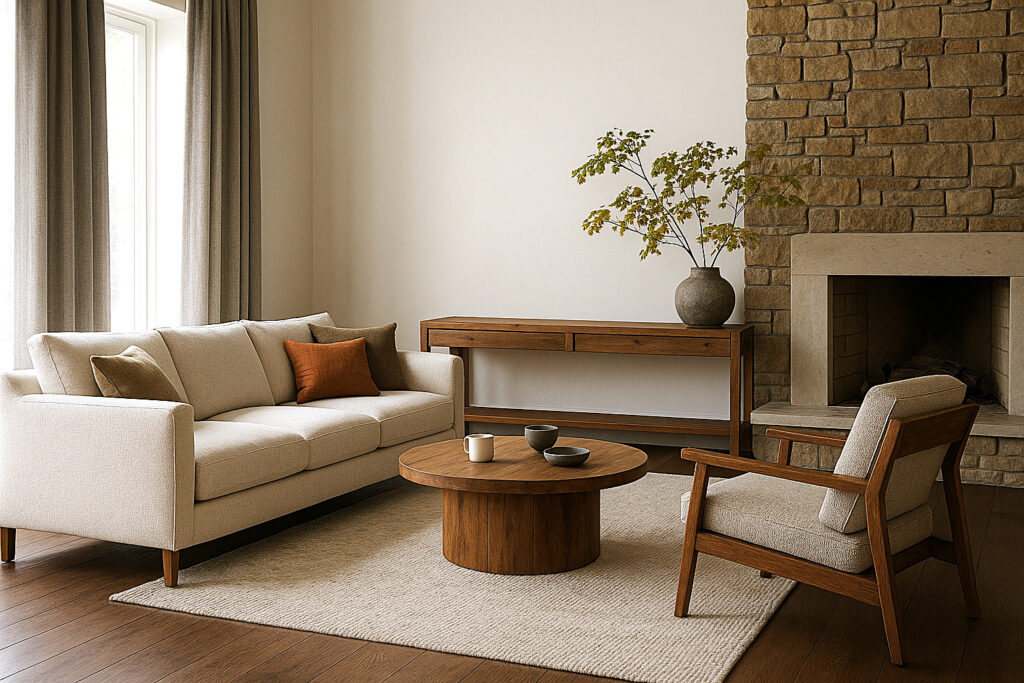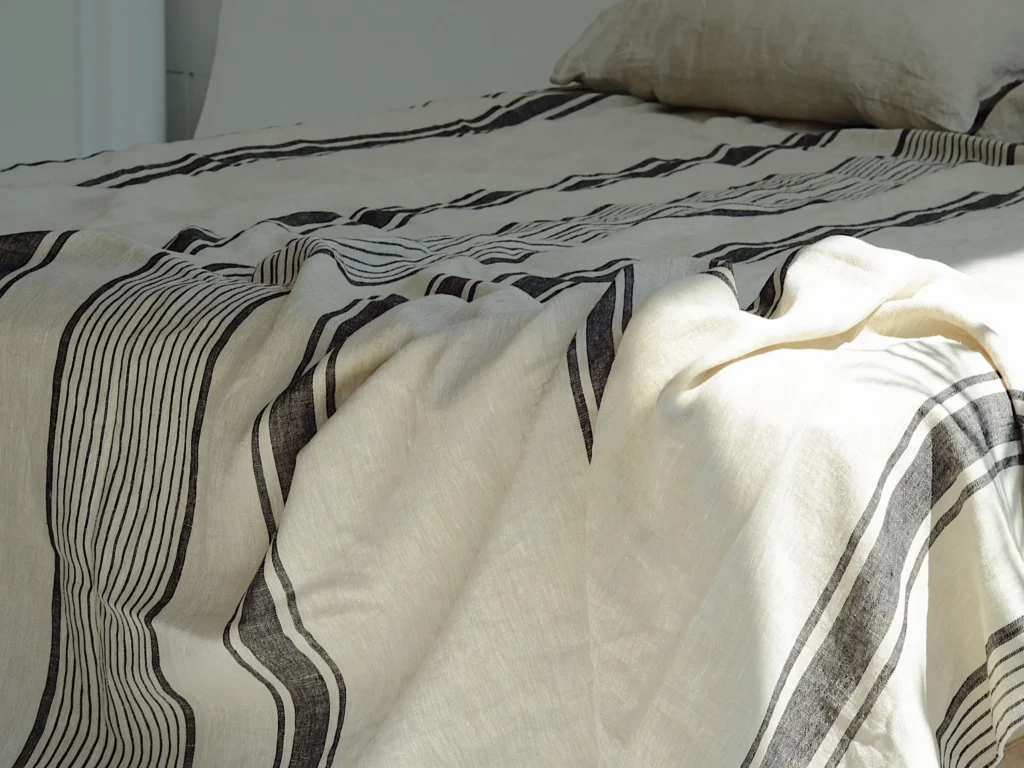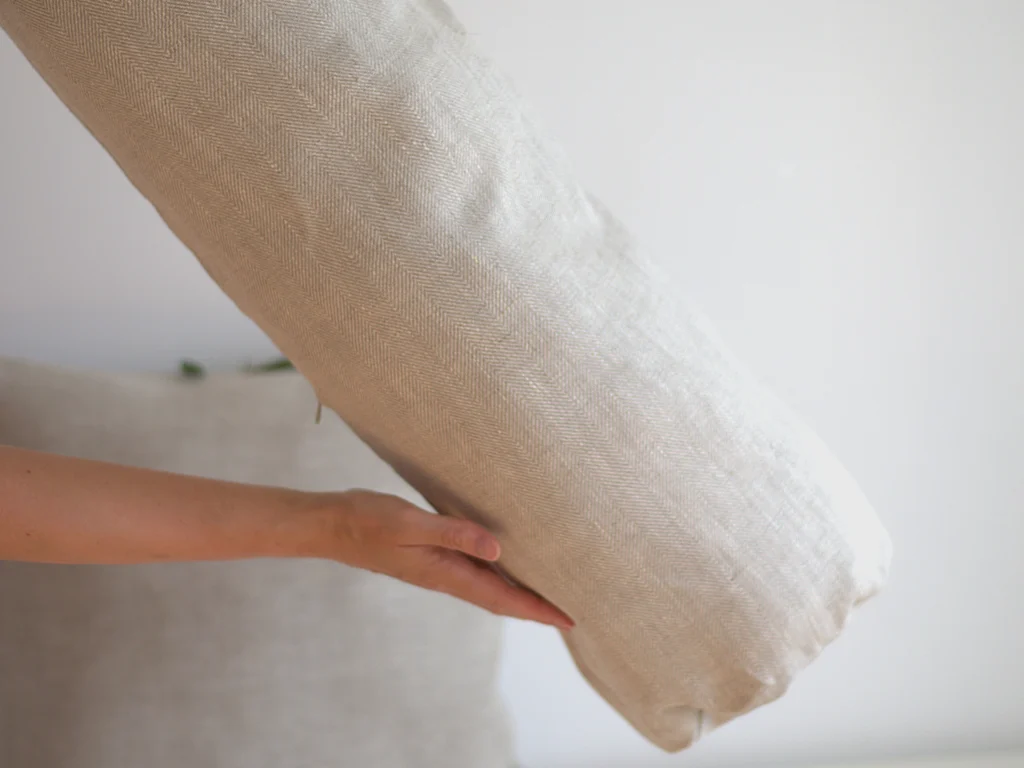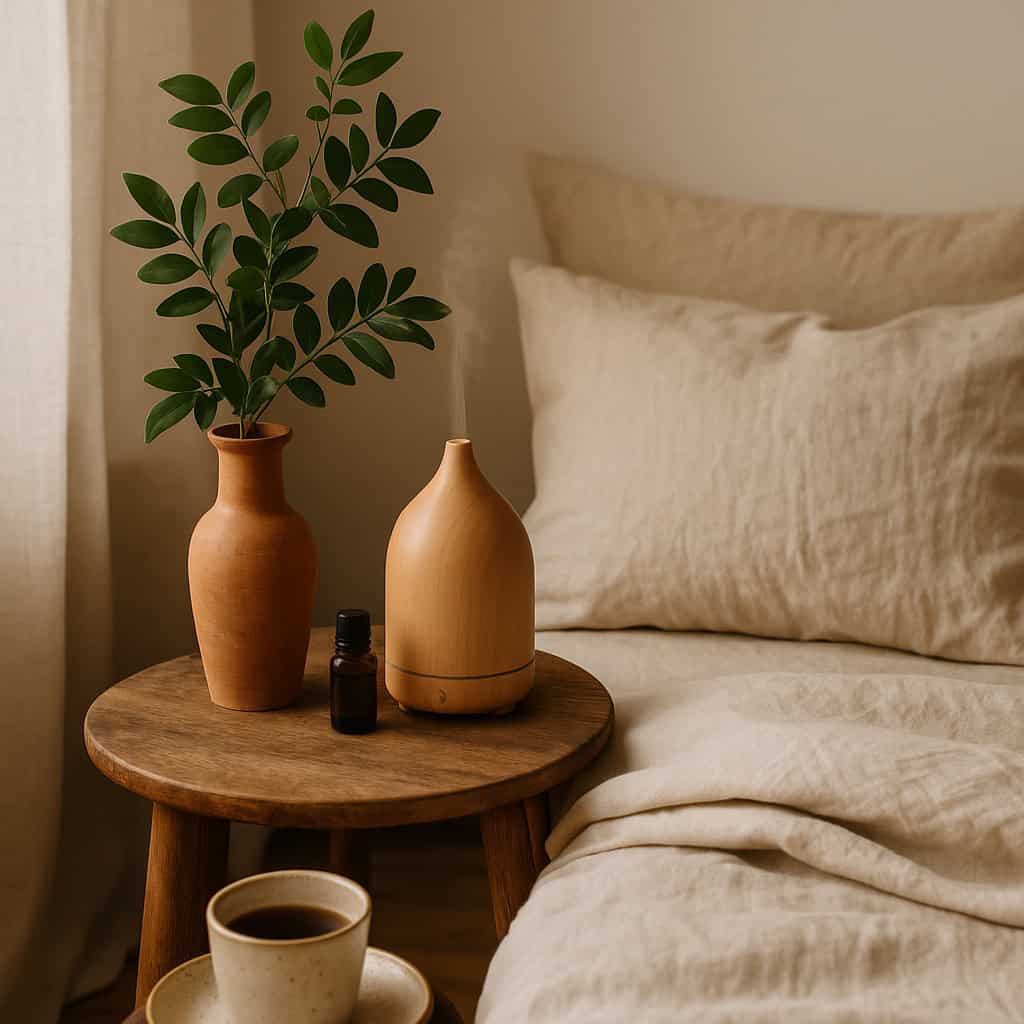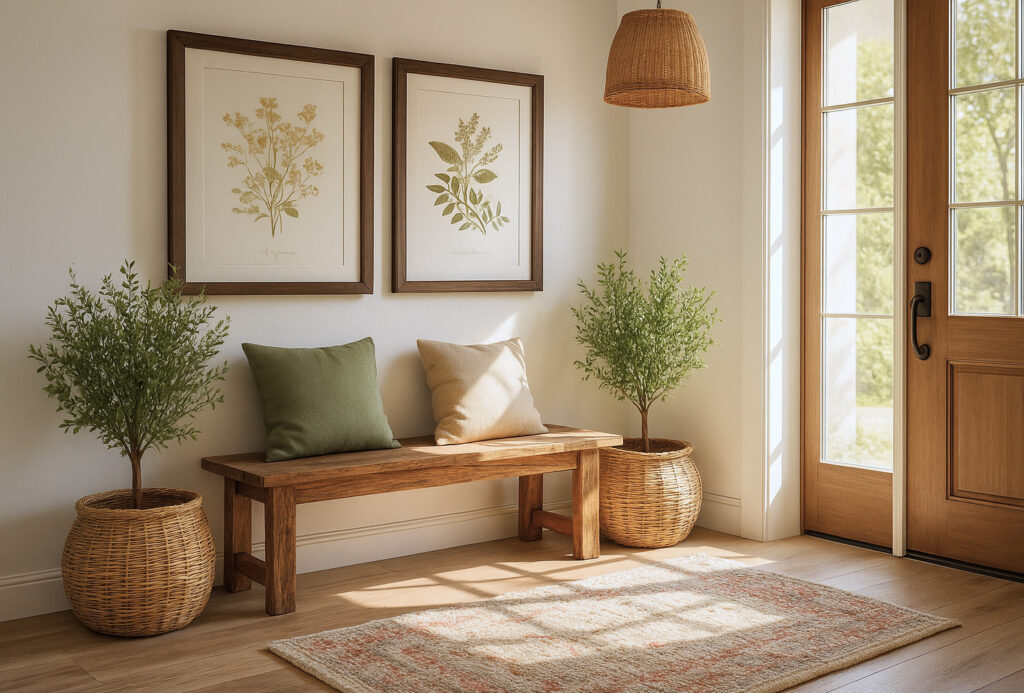Home wellness rooms aren’t just a trend—they’re a lifeline for nervous systems craving quiet. Whether you have a spare room or just a cozy nook, here’s how to create a sanctuary for breath, pause, and repair. Even a corner counts.
In both Western psychology and Eastern traditions, space matters. The psychologist Donald Winnicott wrote of the “holding environment”—a safe, quiet place where healing becomes possible. In Zen Buddhism, simplicity and silence are seen not as lacks, but as fertile ground. When we carve out space for stillness, we do more than decorate—we create a container for presence.
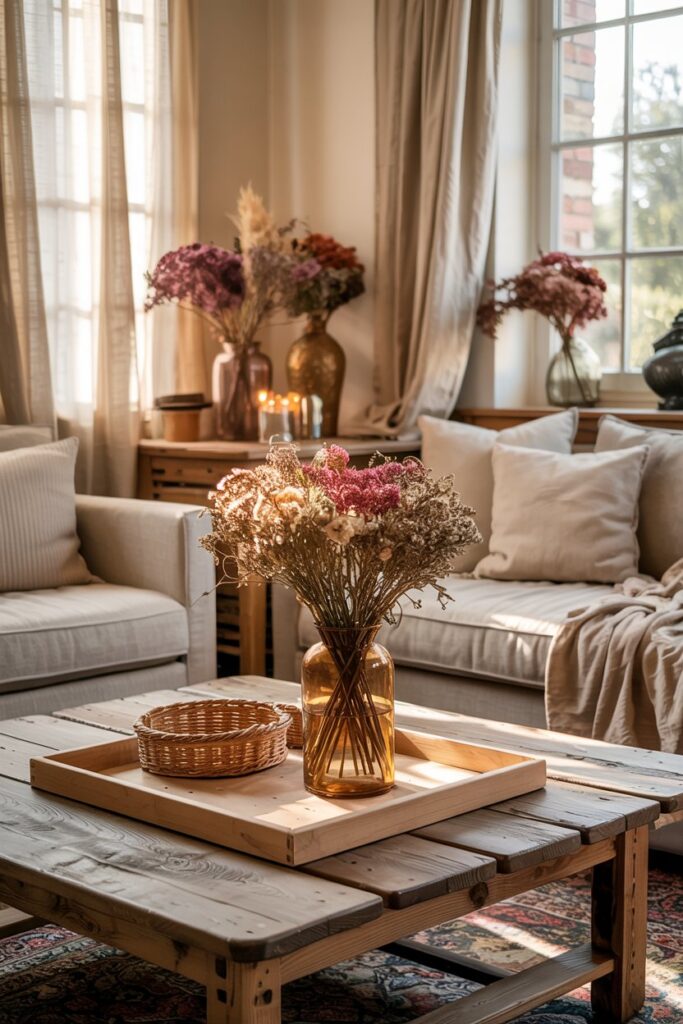
Start with Your Intent: What Will This Space Hold?
Before you move furniture or buy objects, ask: what is this space truly for?
- Meditation or breathwork?
- Stretching or gentle movement?
- Journaling, skincare, stillness?
Choosing a single intention allows the space to feel sacred, not scattered. One quiet purpose invites the nervous system to settle.
A symbolic object—perhaps a singing bowl, a simple candle, or a folded linen throw—can ground the space energetically. In Ayurveda, such rituals are seen as bridges between the outer and inner worlds.
Light, Texture, and Sound: The Three Sensory Pillars
Soothing the senses is not indulgence—it’s science. Sensory regulation helps tone the vagus nerve, easing stress and supporting resilience.
Light:
- Favor warm, low lighting to encourage melatonin and calm.
- Salt lamps, beeswax candles, or linen-covered lanterns work beautifully.
Texture:
- Choose tactile comfort: soft linen throws (Hugmelinen offers a beautiful range), cotton floor cushions, wool rugs.
Sound:
- Silence is sacred—but if you live near noise, consider ambient support. White noise machines (devices that mask disruptive sounds with neutral background hums) can simulate the feeling of stillness.
- Alternatives: wind chimes, sound bowls, nature soundtracks.
In Japanese aesthetics, “ma” refers to the space between things. Let your senses rest in that in-between.
Choose Natural Materials That Breathe with You
Materials hold energy. Natural fibers and textures—like wood, wool, linen, and clay—bring a quiet aliveness. Unlike plastic or glossy synthetics, they age gracefully and don’t over-stimulate.
In somatic psychology, grounding with natural elements supports co-regulation. Placing bare feet on a jute rug or holding a smooth stone isn’t just aesthetic—it’s nervous system hygiene.
Suggestions:
- Hugmelinen linen bolster
- Organic cotton zabuton
- Clay diffuser with grounding oils (sandalwood, vetiver)
Keep Tech Out—or Hide It Well
Digital clutter is mental clutter. Numerous studies, including from the American Psychological Association, show that even a visible phone increases cognitive tension.
If you need sound or guidance (like a meditation app), consider:
- Using an old phone with no SIM or WiFi
- Placing it in a woven drawer or soft pouch
- Playing audio through a simple speaker on a timer
Out of sight, out of sympathetic activation.
Ritual Ideas for Your Wellness Room

Ritual doesn’t need candles and chanting—though it can include both. It’s about repetition with reverence. A rhythm that reminds your body: you are safe here.
Here are a few gentle invitations:
- 3-minute breath reset on waking
- 10-minute stretch with warm oil and soft lighting
- Evening skincare with attention to the senses
In Tibetan tradition, even the act of lighting a lamp is a ritual of clarity. What might you illuminate?
Small Space, Big Stillness: Wellness in Tight Quarters
Don’t have a spare room? You’re not alone. In urban homes and small apartments, carving out calm means getting creative.
Ideas for small-space sanctuaries:
- A corner near a window with a floor cushion and diffuser
- A linen-lined drawer that holds only ritual objects
- Folding screens to create visual separation, even in studio flats
Remember: the nervous system responds to cues, not square footage.
Sample Daily Flow in Your Wellness Corner
Morning (5–10 mins)
- Sit quietly with hands over heart
- Breathe in for 4, hold for 4, out for 6
- Apply warm towel to face, scent with essential oil
Midday (3–5 mins)
- Pause between tasks
- Sip herbal tea while gazing out a window
- Touch a grounding object (linen pouch, smooth stone)
Evening (10–15 mins)
- Gentle stretching
- Low light, journal prompt: “Where did I soften today?”
- Place phone outside the room
These small rituals accumulate—they build an inner refuge.
Science & Source Corner
- Donald Winnicott: Holding environments and psychological containment
- Stephen Porges: Polyvagal theory; sensory input and nervous system tone
- American Psychological Association: Impact of device visibility on cognition
- Zen & Tibetan practices: Value of simplicity, light, and ritual as portals to awareness
- Dr. Bessel van der Kolk: Importance of somatic safety in trauma-informed environments
- Ayurveda & Yoga Therapy texts: Space as doshic balancer, daily rhythm as healing
Conclusion: Your Calm, Carved In
You don’t need a spa membership. Just softness, rhythm, and the courage to turn inward. A wellness room is less about design—and more about devotion.
Start where you are:
- A breath before your coffee
- A folded linen that signals pause
- A place where silence feels kind
So: what would it mean to treat space as sacred today?

